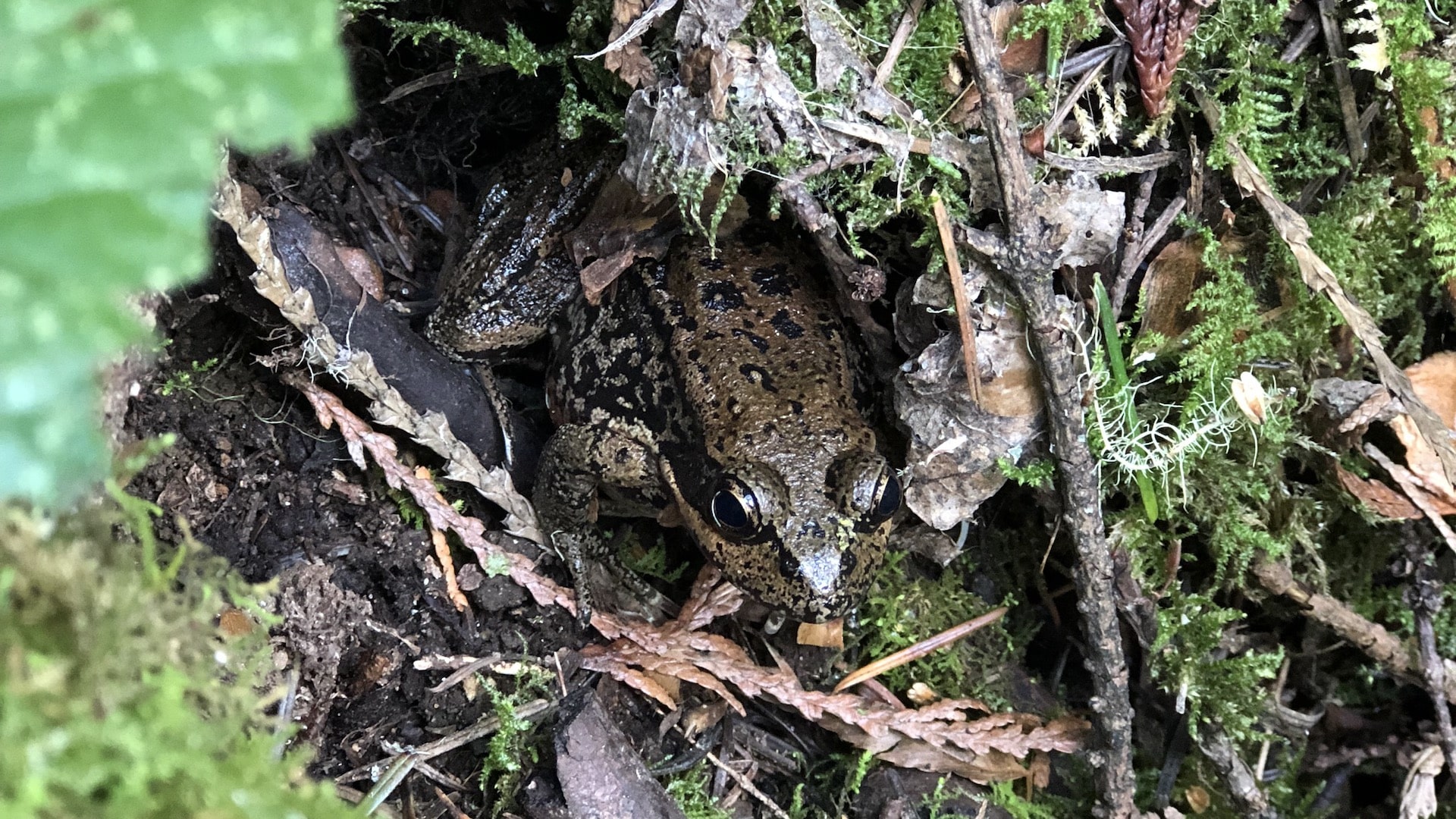Are you familiar with forest therapy? Or, maybe you know it as forest bathing? Perhaps as Shinrin-Yoku?
Last week was a mixed-bag when it came to forests and big old trees. On one hand, another ancient forest was shaved off the hillside on Saturna Island. And on the other hand, rather coincidentally, my constituency office team was scheduled to participate in a forest therapy session.
We spent time in a very small section of the forest on ȽÁU,WELṈEW̱ (John Dean Provincial Park). Having spent many hours up there, hiking or soaking in the Salish Sea from the bluff, finally noticing the forest is a revelation.
There were walkers, hikers, and joggers — and then there was my small constituency office team. Forest therapy is a purposeful practice in patience. It takes some time to slow down, breathe, calm the nervous twitches, clear the mind and the notice the details.
Political life moves quickly from one day to the next. It’s not long before weeks, months and years melt into history. It’s easy for each of the critical members of our team to become narrowly focused and overwhelmed with work, detaching from each other.
It’s just as easy to mindlessly devastate entire ecosystems because we have become so disconnected from them. No doubt, it’s weird and uncomfortable to really truly connect to nature. It requires setting aside many western social norms.
Trees are great huggers
For example, in our modern society, to call someone a “tree-hugger” is to cast shade on them. So, few people will stop and embrace a tree.
Have you wrapped your arms around a tree recently? When was the last time you shut your eyes in a forest and drew in long deep breaths to analyze the smells? Or, intently listened to the sounds of nature? Did you reach out and touch the bark or moss? When you look closely you might see the tiny things, like a little frog.
Our relationship to the forest is so distant and we no longer interact with the ancient, massive creatures that stand majestically since being a seedling centuries ago. We are absent from the intimacy and unless we stop to reconnect with each other and nature we are just going through the motions.
It is only a few decades since our mindfulness became mindlessness. Why not try an exceptionally slow walk through a tiny piece of forest? Give yourself time — and permission — to step outside our social norms to get weird and really experience all of your senses.


I am a proud tree hugger. When I hug a tree that science shows is connected to other trees, I connect with the earth.
So true, thanks for your blogs.
Your short musing this morning has jogged wonderful childhood memories.
I grew up in a small home on Florence Lake in Langford, long before it became the Western Communities. The mountain behind Florence Lake was called Skirt Mountain, long before the area became known as Bear Mountain. I knew this area as my place to explore. I spent countless hours amongst the trees building moss lined forts and having many childhood adventures with friends.
Now there are hundreds of children living in the homes that have been built throughout the Bear Mountain development area. I suspect most will never know the joy of spending time and having adventures in a forest setting.
We often move too quickly to appreciate our surroundings. It feeds our obsession with our “busy” lives. But, slowing down is so hard with so much competing for our attention.
Adam, I can not express how important it is to end the corporate taking of ancient old growth. They possess a natural and cultural significance beyond our comprehension, something that must be experienced. It would be my pleasure to take you to any of these backcountry locations to discuss the future of sustainable forest practices in BC.
Our future depends on it…I appreciate your thought that mindfulness has become mindlessness.
Last week I spent an entire day photographing and being thankful for the ancient giants that we have had the determination (from the public) to protect. We need more places like this to be in the embrace and protection of an old growth canopy, a place to heal from the mindlessness and return to environmental mindfulness.
Thank you for sharing this Chris!